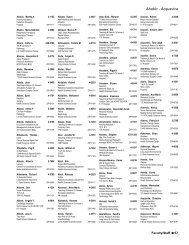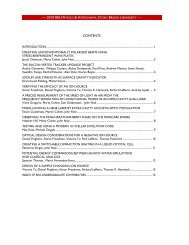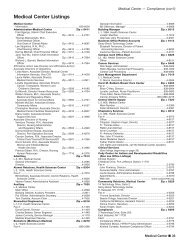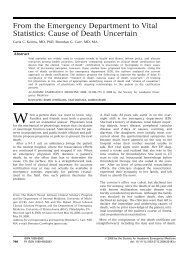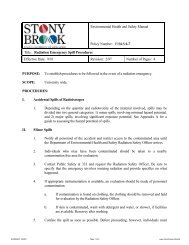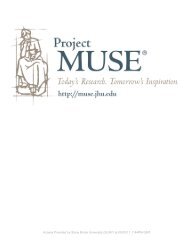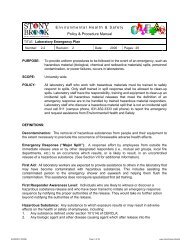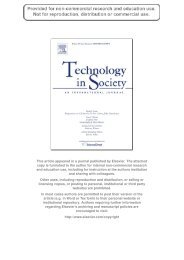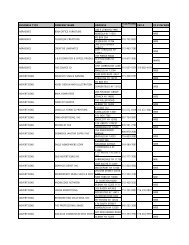Occupational Exposure to Bloodborne Pathogens - Stony Brook ...
Occupational Exposure to Bloodborne Pathogens - Stony Brook ...
Occupational Exposure to Bloodborne Pathogens - Stony Brook ...
You also want an ePaper? Increase the reach of your titles
YUMPU automatically turns print PDFs into web optimized ePapers that Google loves.
• A reasonably anticipated skin, eye, mucous membrane, or parenteral<br />
contact with blood or other potentially infectious materials (OPIM) that may<br />
result from the performance of an employee’s duties.<br />
• <strong>Exposure</strong> Incident:<br />
• A specific eye, mouth, other mucous membrane, non-intact skin or<br />
parenteral contact with blood or other OPIM that results from the<br />
performance of an employee’s duties.<br />
OSHA Policy<br />
• <strong>Exposure</strong> control plan<br />
• Information and training<br />
• Recordkeeping requirements<br />
• Engineering controls, work practices, and personal protective equipment<br />
(PPE)<br />
• Sharps injury log<br />
University’s <strong>Exposure</strong> Control Plan<br />
• <strong>Exposure</strong> determination (job classifications)<br />
• Implementation schedule (time of hire, annually)<br />
• Compliance methods<br />
• Work area restrictions<br />
• Universal precautions<br />
• Personal protective equipment<br />
• Needleless systems<br />
• Sharps with Engineered Sharps Injury Protections (SESIP)<br />
• Housekeeping<br />
• Regulated medical waste disposal<br />
• Laundry procedures<br />
• Hepatitis B Vaccine Program<br />
• Post exposure and follow up<br />
• Solicitation of non-management employees<br />
• Training<br />
Modes of Transmission<br />
• <strong>Bloodborne</strong> pathogens can be transmitted when infectious blood or OPIM<br />
is introduced in<strong>to</strong> the bloodstream of a person.<br />
• Transmission of bloodborne pathogens in the workplace can occur<br />
through the following routes of transmission:<br />
◦ Mucous Membrane<br />
◦ Parenteral<br />
• Mucous membrane exposure means that the infected blood or OPIM<br />
enters your body through contact with a mucous membrane found in your<br />
eyes, nose or mouth.<br />
EHSD0326 (10/08) Page 2 of 12 www.s<strong>to</strong>nybrook.edu/ehs



